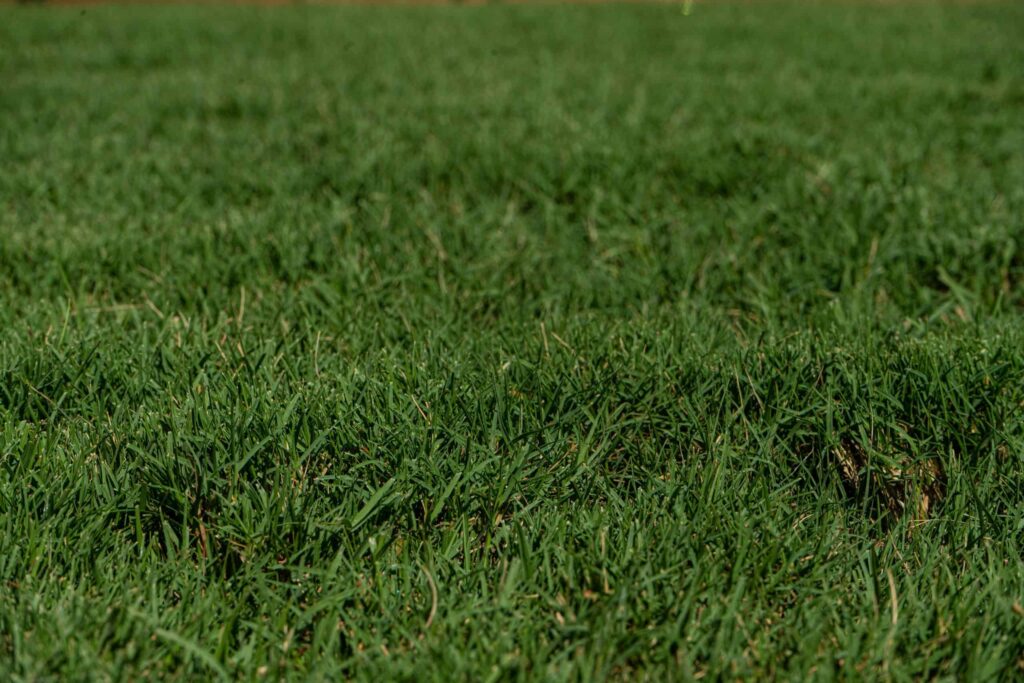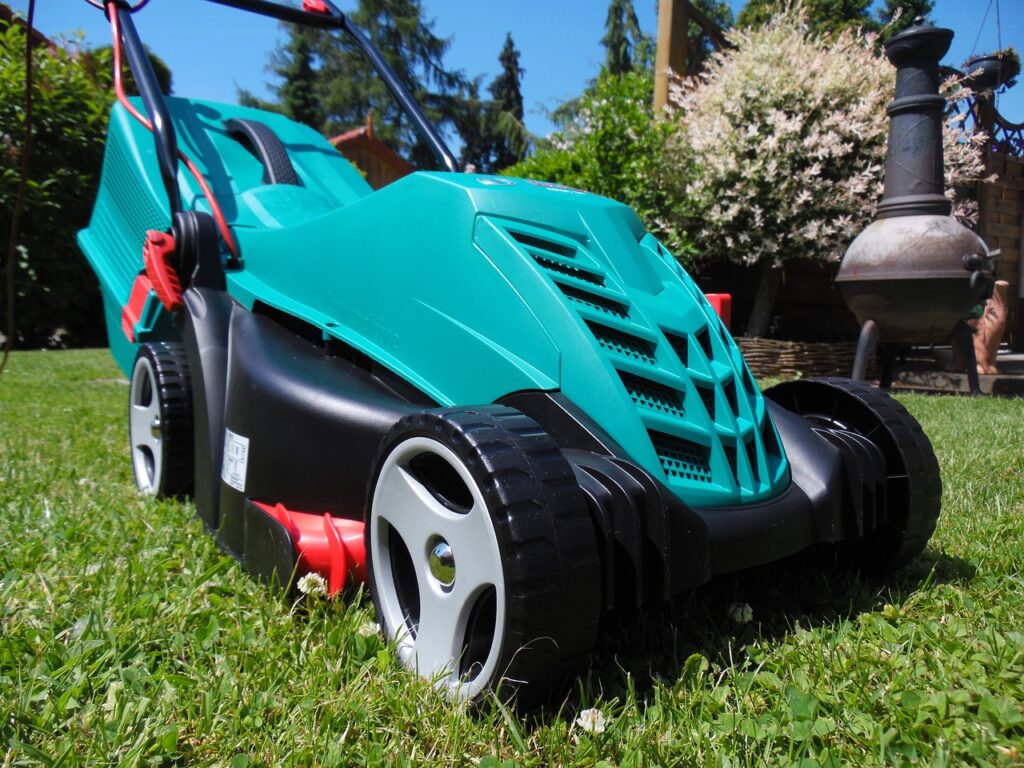San Antonio and the rest of South Central Texas are beautiful areas that deserve sustainable practices that nurture the environment alongside our lawns. In this article, we’ll dive into the basics of maintaining eco-friendly lawn maintenance. We’ll cover essential practices like mowing, watering, fertilization, and weed control, all with a focus on minimizing negative environmental impacts.
Let’s get started and cultivate a thriving lawn that’s good for you and good for the planet!
Know Your Lawn
The first step to any successful lawn care routine is understanding the kind of grass that will thrive in the San Antonio and South Central Texas area. Warm season grasses like Bermuda grass, Zoysia, St. Augustine grass and a native mix of buffalo grass, blue grama, and curly mesquite are what you’ll see around San Antonio lawns, highway right-of-ways, and sports fields. These grasses thrive in the hot summers of the area. Generally, you won’t find cool season grasses such as Kentucky bluegrass, ryegrass and fescue since they are not appropriate for South Central Texas.



Mowing for a Healthy Lawn
Mowing is an essential part of lawn maintenance, but it’s important to mow correctly to promote healthy growth and minimize environmental impact. Here are some key eco-friendly mowing tips:
Mow high: Contrary to popular belief, keeping your grass shorter doesn’t necessarily create a healthier lawn. Taller grass shades the soil, retains moisture, and helps suppress weeds. Keep in mind that different grasses should be cut at different heights. Bermuda should be mowed at heights of 1-2 inches. St. Augustine should be cut at 2-3 inches while Zoysia does best at 1-3 inches.
Sharpen your blades: Dull mower blades tear grass rather than cut it cleanly, leading to a stressed and unhealthy lawn. Sharpening your lawn mower blade once a year before the first mow of the season is the best to ensure a clean cut that promotes healthy growth and won’t damage your grass investment.
Mow at the right time: Avoid mowing during the hottest part of the day. Early morning or late afternoon mowing is ideal, as it reduces stress on the grass and helps conserve water. Try not to let your grass grow too tall. When you do and then cut it, you risk sending the grass into shock. This shock can weaken your lawn by slowing down root growth and making it more susceptible to damage.

Leave clippings: Instead of bagging your grass clippings, consider letting them fall back onto the lawn. These clippings decompose naturally, returning valuable nutrients to the soil and reducing the need for fertilizer. You not only save time by not having to stop often to empty your grass catcher AND you save money by not buying lawn bags. Plus, you’ll contribute to the reduction of landfill waste; it’s estimated that this type of waste contributes 25-50% to municipal solid waste nationally.

Watering Wisely
Water is a precious resource, especially in our part of Texas. San Antonio and the surrounding areas get the majority of water from the Edwards Aquifer and the Trinity Aquifer (thorough the San Antonio Water System, SAWS). Because the area is prone to droughts, water usage restrictions are often in place. Here’s how to water your lawn efficiently and minimize water waste, and you’ll be in compliance with SAWS’ conservation ordnance.
Water deeply and infrequently: Deep watering encourages roots to grow deeper into the soil, making your lawn more drought-resistant. Aim for 1-1.5 inches of water per week rather than frequent, shallow sprinklings. Shallow watering encourages roots to grow shallowly and make the lawn more susceptible to drought stress.
Water early in the morning or in the evening: Watering early minimizes evaporation and allows the water to soak into the soil before the heat of the day. Follow the recommended watering rules and restrictions published by SAWS.
Use a rain barrel: Collect rainwater from your roof in a rain barrel and use it to water your lawn. This is a great way to conserve water and utilize a free resource.
Consider drought tolerant grass: St. Augustine, Buffalo, Bermuda, and Zoysia are good grasses for our area and will go dormant during drought periods. Bermuda, though, does typically require less water.
Eco-Friendly Fertilization
Lawns need nutrients to thrive. Using traditional chemical fertilizers can harm the environment by leaching into waterways and promoting unwanted weed growth. Here are some eco-friendly alternatives for fertilizing your lawn:
Compost: Compost is a rich source of organic matter that provides essential nutrients to your lawn while improving soil health. You can make your own compost pile at home or purchase high-quality compost from a local garden center. Compost feeding helps build healthy soil that retains nutrients and moisture more effectively, reducing the need for frequent fertilization.
Manure: Aged chicken, cow, or horse manure is another excellent source of organic nutrients for your lawn. Be sure to choose well-aged manure to avoid burning your grass. Manure can be a great source of nitrogen, phosphorus, and potassium, essential nutrients for healthy lawn growth.
Slow-release organic fertilizers: These fertilizers release nutrients gradually over time, minimizing the risk of runoff and promoting healthy lawn growth. Slow-release fertilizers are less likely to cause nutrient spikes that can harm the environment or contribute to weed growth.

We hope this introduction to eco-friendly lawn care practices for those of us living in San Antonio and South Central Texas was helpful in helping you maintain a healthy lawn. It highlights the importance of understanding your grass type, mowing correctly, watering wisely, and using eco-friendly fertilization methods.
Following these simple practices will result in a healthy lawn that’s good for you, our neighborhood, and the environment.
In the comments section, let us know what are your biggest challenges when it comes to lawn maintenance.

